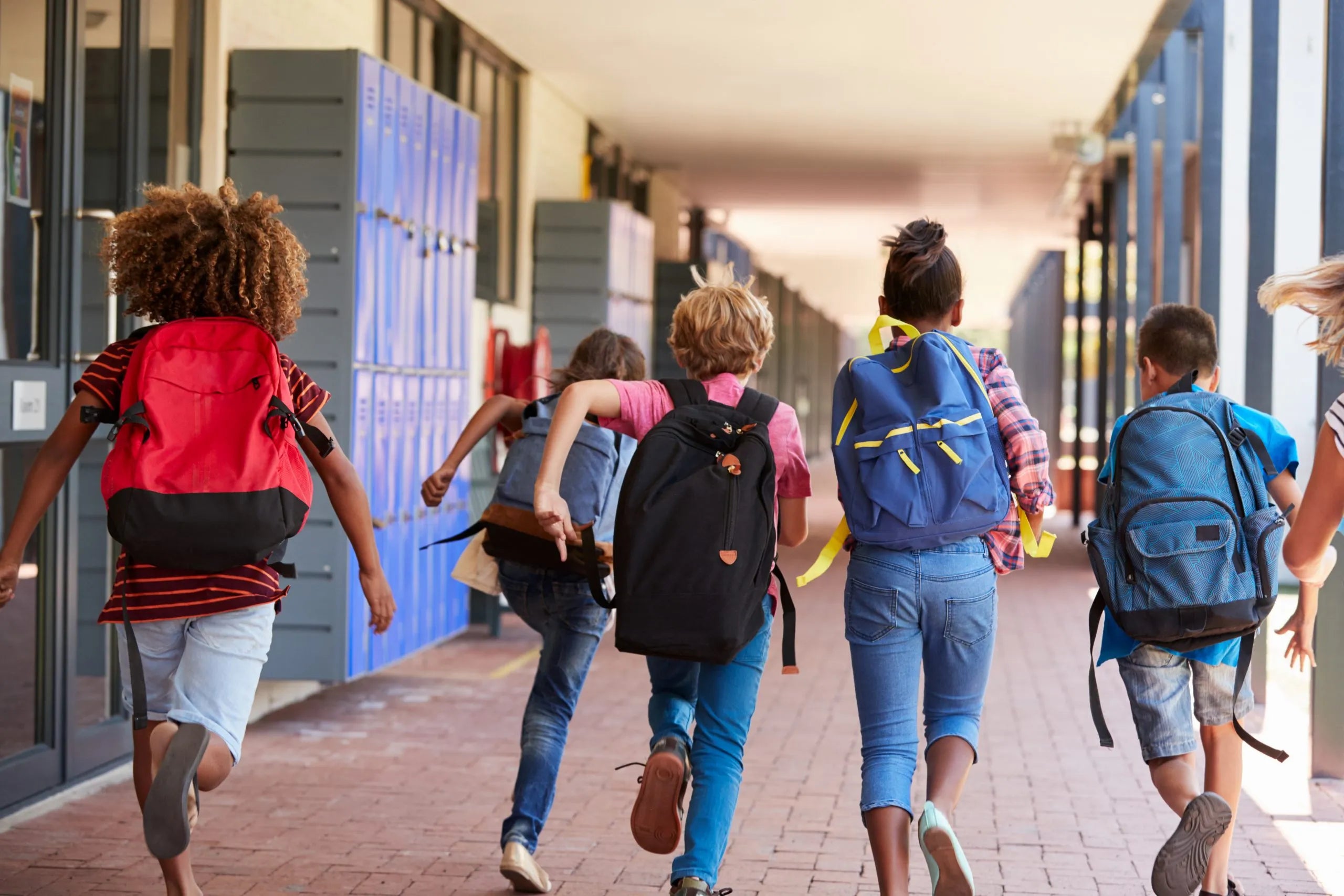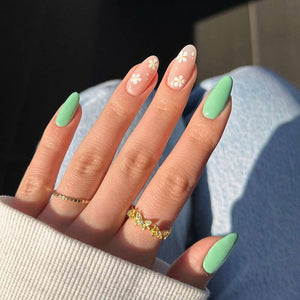Back-to-School Detox: Swapping Out Toxins in Kids’ Lunches, Backpacks, and School Supplies
New school year, fresh start — but also… a fresh wave of potential toxins.
From plastic lunch containers and chemical-laden art supplies to processed snack packs, it’s easy for hidden chemicals to sneak into your child’s daily routine. The good news? You can make simple swaps that keep your kids healthy, happy, and thriving all year long.
Here’s how I detox the back-to-school season for my family — and my clients.
1. Pack Clean, Nutrient-Dense Lunches
Instead of sending kids to school with ultra-processed snacks loaded with artificial colors, refined sugar, and preservatives, try these:
-
Paleo Valley Beef Sticks – high-quality protein, no junk fillers
-
Skout Organic Bars – clean, plant-based, kid-approved flavors
-
BTR Nation Protein Bars – functional ingredients and no refined sugar
-
Sweet Nothings Date Bites – naturally sweet, no refined sugar
-
Gimme Seaweed Snacks – mineral-rich, crunchy, and portable
-
White Leaf Provisions Puree Packs – biodynamic, organic fruit and veggie blends. (Use Code NTH15 for 15% Off)
-
Fresh organic fruit — apples, berries, grapes, or cut melon
Upgrade Containers:
-
Stainless steel lunch containers – durable, long-lasting, and safe for hot or cold food
-
Austin Baby Co. Bento Boxes – colorful, non-toxic silicone bentos for little hands
-
W&P Seal Tight Glass Bowls – stylish, BPA-free, leak-proof
-
W&P Bags – reusable silicone snack and sandwich bags
2. Refresh Backpacks & Hydration Gear
Conventional backpacks can be coated with PFAS (“forever chemicals”) or PVC-based plastics (Lohmann et al., 2020). Look for organic cotton or recycled fabric backpacks.
Water Bottles for Kids:
-
Contigo Stainless Steel – insulated, durable, spill-proof
-
Klean Kanteen – stainless steel, BPA-free, eco-friendly
-
Pura Kiki – medical-grade stainless steel, adaptable lids for growing kids
-
Clearly Filtered Kids’ Insulated Stainless Steel Filtered Bottle – filtered, insulated, kid-sized
-
BrüMate – great for older kids and parents, keeps drinks cold all day
3. Choose Non-Toxic Art & School Supplies
Many mainstream art supplies — markers, glues, paints — contain volatile organic compounds (VOCs) and heavy metals (OEHHA, 2012).
Safer swaps:
-
Finger Paint — long-lasting, shelf-stable, and fruit- and veggie-pigmented for safe sensory play
-
Watercolor Set — vibrant 18-color palette housed in a sustainably made bamboo box
-
Hopscotch Chalk — talc-free, non-toxic powder chalk that encourages safe, active outdoor play
-
Eco-Dough (3-pack) — handcrafted modeling dough made with all-natural, non-toxic ingredients — great for tactile creativity
-
Beeswax Crayons — vibrant, natural crayons made with beeswax and mineral pigments — no plastics or harmful fillers
4. Gift Teachers Non-Toxic Cleaning Supplies
Teachers clean their classrooms a lot — often with products full of synthetic fragrances, quats, and harsh chemicals (Steinemann, 2017).
Make it easy for them to go non-toxic:
-
Aunt Fannie’s All-Purpose Cleaning Wipes – vinegar-based, biodegradable, safe for kids and toys
-
Mama Suds Castile Dish Soap– plant-based, fragrance-free, gentle on hands
-
Aunt Fannie’s All-Purpose Spray- vinegar-based, biodegradable, safe for kids.
Put them in a small basket with a thank-you note — trust me, they’ll love it.
5. Snack Station for After School
Create a dedicated “healthy snack bin” at home so kids refuel with real food instead of processed junk:
-
Trail mix with raw nuts, seeds, and unsweetened dried fruit
-
Veggies with hummus
-
Mini smoothies with frozen berries, spinach, riced cauliflower, and clean protein powder
Final Thoughts:
Back-to-school season doesn’t have to mean back to chemicals. With a few intentional swaps, you can drastically reduce your child’s toxic load — and even influence the classroom environment for the better.
References:
-
Feingold, B. F. (2018). Why Your Child is Hyperactive. Random House.
-
Lohmann, R., Breivik, K., Dachs, J., & Muir, D. (2020). Global fate of POPs: Current and future research directions. Environmental Pollution, 256, 113291. https://doi.org/10.1016/j.envpol.2019.113291
-
Office of Environmental Health Hazard Assessment (OEHHA). (2012). Toxicological Summary and Suggested Action Levels for Chemicals in Children’s Art Materials. California Environmental Protection Agency. https://oehha.ca.gov/media/downloads/risk-assessment/document/artsup.pdf
-
Steinemann, A. (2017). Ten questions concerning air fresheners and indoor built environments. Building and Environment, 111, 279–284. https://doi.org/10.1016/j.buildenv.2016.11.012



